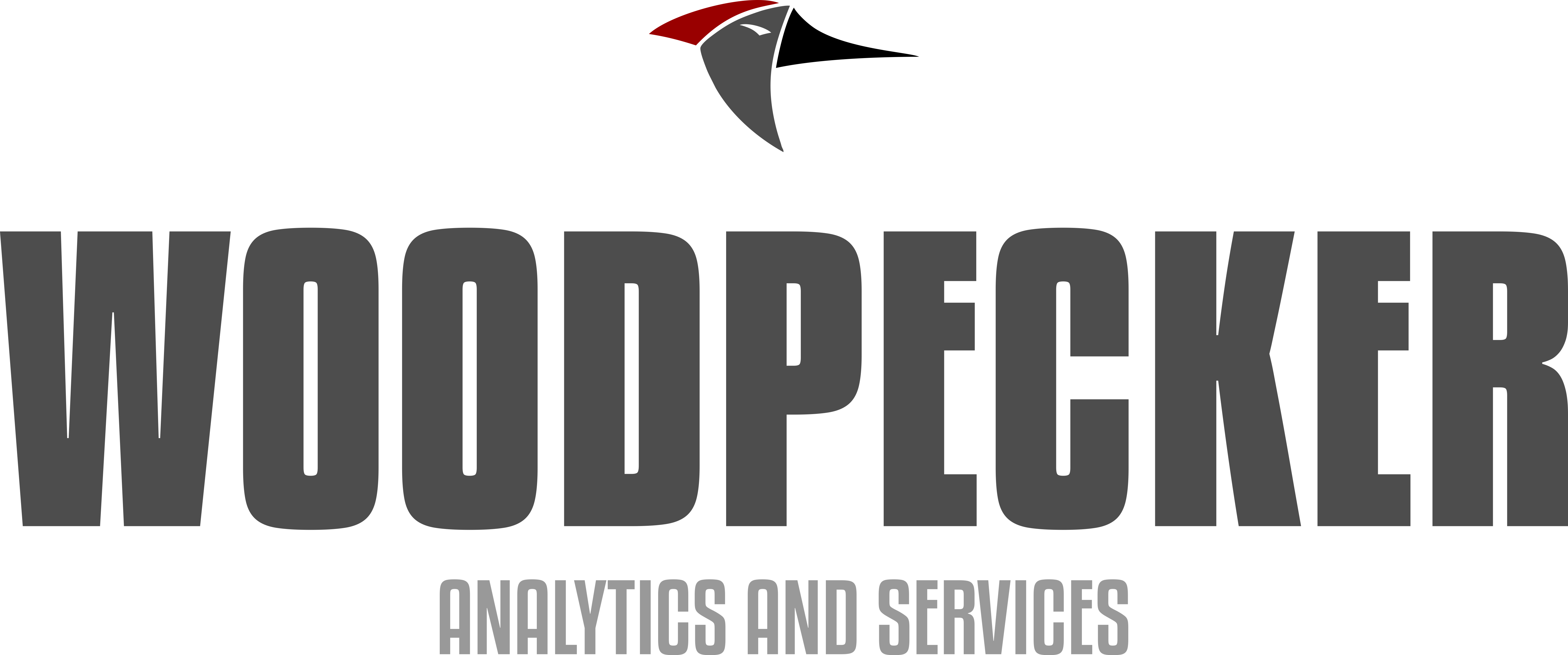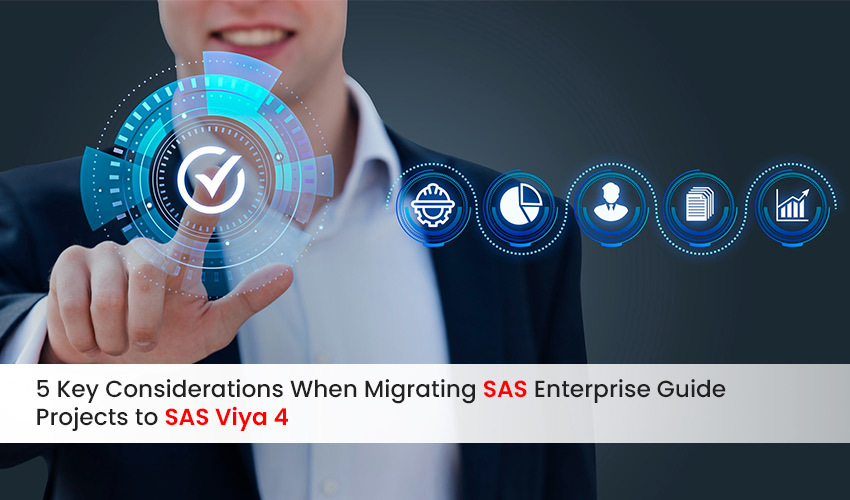5 Key Considerations When Migrating SAS Enterprise Guide Projects to SAS Viya 4
SAS Enterprise Guide (EG) has long been a cornerstone for SAS users, offering a user-friendly interface to build and execute analytical workflows. However, the ever-evolving landscape of data analytics necessitates the adoption of more advanced platforms like SAS Viya 4.
SAS Viya 4 delivers a comprehensive cloud-native architecture, enhanced scalability, and integration with open-source technologies, making it a powerful choice for modern analytics needs. While the benefits of migrating from SAS EG to SAS Viya 4 are undeniable, the process can seem daunting.
This blog post delves into five crucial considerations to ensure a smooth and successful migration of your SAS EG projects to SAS Viya 4:
1. Project Assessment and Prioritization:
The initial step involves meticulously assessing your existing SAS EG projects. This includes:
- Inventorying Projects: Create a comprehensive list of all EG projects, including their functionalities, dependencies, and usage frequency.
- Complexity Analysis: Evaluate the complexity of each project, considering the number of tasks, data sources, and external integrations involved. Prioritize simpler projects for initial migration, as they offer a lower risk and faster turnaround.
- Version Compatibility: Ensure your EG projects are compatible with the latest supported version (ideally, EG 7.1 or later) before attempting migration to SAS Viya 4. Upgrading older versions might be necessary for successful compatibility.
2. Choosing the Right Migration Approach:
SAS offers two primary approaches for migrating EG projects to SAS Viya 4:
- Lift-and-Shift: This method involves directly transferring your EG projects to SAS Viya 4, preserving their existing functionality. It’s suitable for simpler projects with minimal dependencies. Tools like SAS Environment Manager and the sas-viya CLI can facilitate this process.
- Modernization: This approach focuses on rebuilding your EG projects within SAS Viya 4, leveraging its advanced capabilities and potentially streamlining workflows. This might involve converting SAS EG tasks into SAS Studio flows, utilizing SAS Viya’s analytical procedures, and integrating with open-source tools.
3. Leveraging SAS Content Assessment Tools:
SAS provides valuable tools like SAS 9 Content Assessment to simplify the migration process. These tools can:
- Analyze Project Composition: Identify the various components within your EG projects, including tasks, data sources, and dependencies.
- Generate Migration Reports: Create detailed reports outlining potential compatibility issues, unsupported features, and recommended actions for successful migration.
- Automate Migration Tasks: Streamline the migration process by automating repetitive tasks like code conversion and dependency management.
4. Testing and Refinement:
Following the migration, thorough testing is crucial to ensure the functionality and accuracy of your projects within SAS Viya 4. This may involve:
- Executing Migrated Projects: Run each migrated project and verify its output against the original results in SAS EG.
- Validating Data Integrity: Ensure data accuracy and consistency throughout the migration process.
- Refining Code and Workflows: Address any compatibility issues or performance bottlenecks identified during testing. This might involve refactoring code, utilizing SAS Viya’s native functionalities, or optimizing workflows for the new platform.
5. Ongoing Support and Maintenance:
Migrating to SAS Viya 4 is an ongoing process, requiring continuous monitoring and maintenance. Consider these factors:
- User Training: Provide adequate training for users on the new SAS Viya 4 environment and the functionalities that differ from SAS EG.
- Version Control: Implement a robust version control system to track changes made during and after the migration, enabling rollback if necessary.
- Performance Monitoring: Continuously monitor the performance of your migrated projects within SAS Viya 4 and identify areas for further optimization.
Conclusion:
Migrating SAS EG projects to SAS Viya 4 unlocks a world of advanced analytics capabilities, improved scalability, and enhanced collaboration. By carefully considering these key factors, you can ensure a smooth and successful transition, maximizing the value of your analytical investments in the long run.


